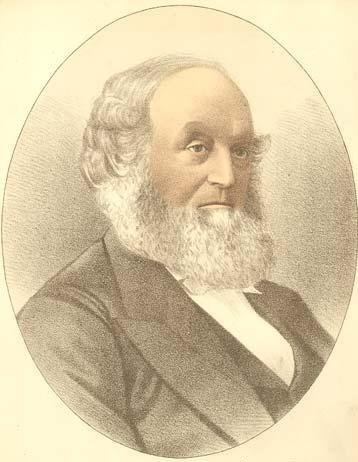Religion Protestant Occupation lawyer Education University of Glasgow | Political party Reformer Role Nova Scotia politician Name William Young | |
 | ||
Born 8 September 1799Falkirk, Scotland ( 1799-09-08 ) Died May 8, 1887, Halifax, Canada | ||
Sir William Young, (8 September 1799 – 8 May 1887) was a Nova Scotia politician and jurist.
Born in Falkirk, the son of John Young and Agnes Renny, Young was first elected to the Nova Scotia House of Assembly in 1836 as a Reformer (or Liberal) and, as a lawyer, defended Reform journalists accused of libel. When responsible government was instituted in 1848, Young hoped to become the first Premier but was passed over in favour of fellow reformer James Boyle Uniacke and Young became Speaker. However, Young succeeded Uniacke in 1854.
His government was accused of overlooking Catholics and tensions with Catholics were exacerbated by Joseph Howe's rupture with Nova Scotia's Irish Catholic community over his recruitment of Americans to fight on the British side in the Crimean War.
In February 1857, ten Catholic and two Protestant Liberals voted with the Tories to bring down Young's government.
Young returned to power in January 1860 when the Tory government was unable to command a majority in the legislature after an election. In July, the colony's Chief Justice died and Young, who had long coveted the job, was appointed to the position by the lieutenant governor.
He served as Chief Justice for twenty-one years and was noted for placing cushions on his chair so he would tower above his fellow justices. He died in Halifax in 1887.
